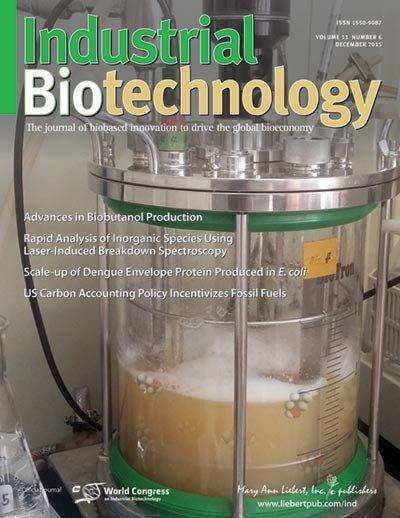Rapid, low cost laser-based technique for biomass analysis described in Industrial Biotechnology

Laser-induced breakdown spectroscopy (LIBS) is emerging as a fast, cost-efficient method for identifying the total amount and specific compounds that comprise the inorganic component of biomass. Accurate and reliable analysis of these minerals, such as aluminum, calcium, iron, and silicon is essential, as this "ash" can cause problems when converting biomass to hydrocarbon biofuels, as described in a study published in Industrial Biotechnology.
In "Rapid Analysis of Inorganic Species in Herbaceous Materials Using Laser-Induced Breakdown Spectroscopy", Tyler Westover and Rachel Emerson, Idaho National Laboratory (Idaho Falls), compare the results obtained from analyzing 12 samples using LIBS to the results from three common ash-analysis methods that reply on inductively coupled plasma-optical emission spectrometry/mass spectrometry (ICP-OES/MS).
Analysis for nine inorganic elements showed the accuracy of LIBS to be comparable to that of ICP-OES methods, with concentrations measured to an uncertainty of about 100 parts per million. The researchers identify several key benefits of LIBS, including its low cost, rapid turnaround time, lack of reagent consumption, and minimal sample preparation.
More information: The article is available to download for free on the Industrial Biotechnology website.
Provided by Mary Ann Liebert, Inc




















